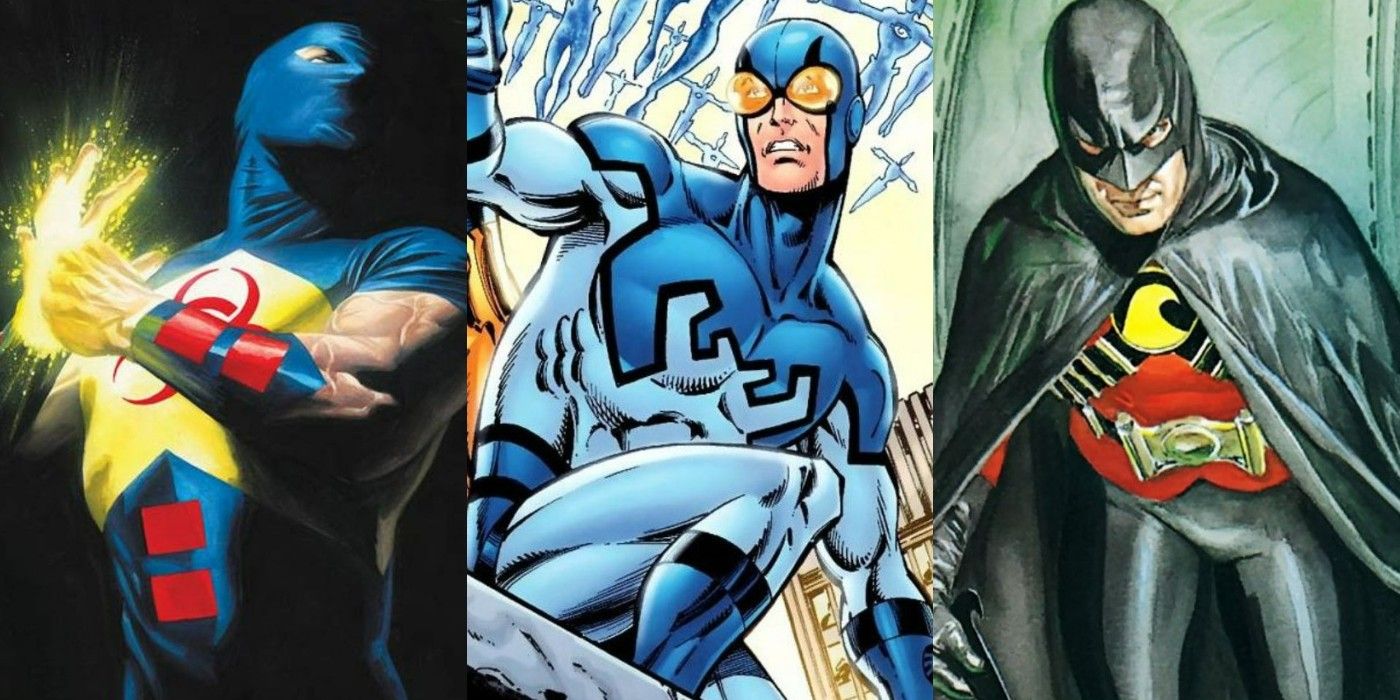
“Some Heroes Wear Gorilla Masks Instead of Capes”

### Visual Activism in Focus: Guerrilla Girls’ *Discrimi-NATION* Exhibition at Hannah Traore Gallery
The Guerrilla Girls, an anonymous collective of feminist artists and activists, have redefined political commentary in contemporary art for decades. Their latest exhibition, *Discrimi-NATION: Guerrilla Girls on Bias, Money, and Art,* at the Hannah Traore Gallery in New York City, brings their incisive critique of systemic inequities back into sharp focus.
As we step into this one-room exhibition, it’s clear that the Guerrilla Girls’ message isn’t just relevant—it feels prescient. Their 2016 artwork, “President Trump Announces New Commemorative Months!” could pass for today’s critique of cultural regression. This time capsule of visual activism connects past and present struggles, offering a sobering reminder of how far society has to go in addressing systemic biases.
### A Legacy of Unflinching Critique
Founded in 1985, the Guerrilla Girls have long used art as a vehicle to challenge sexism, racism, and hypocrisy in both the art world and society at large. Their early works targeted the exclusivity and elitism of museums and galleries, laying bare a glaring lack of representation for women artists and artists of color. As the art world’s influence expanded into broader cultural and political narratives, so did the Guerrilla Girls’ scope.
This exhibition, running through March 29, showcases the power of their evolving media strategies. The group’s transition from monochromatic posters to more colorful, digitally-inflected materials reflects a keen awareness of the shifting demands of visual culture—particularly in the social media age, where visual pizzazz competes for attention in a mosaic of memes, infographics, and digital scrolls.
### Race, Gender, and Politics in Art
At the heart of *Discrimi-NATION* is a refusal to sugarcoat the intersections of race, gender, and sexuality within both art-world institutions and broader societal structures. Their blunt, text-heavy works have long resisted polite contextualization. Instead, they foreground their messages with stark visual storytelling, forcing audiences to confront uncomfortable truths.
One notable piece from 1986, “One 4 Commercial Galleries in N.Y. Show Black Women.*,” remains just as urgent today, speaking to the art world’s ongoing struggles with representation and diversity. Progress has been made—the increased prominence of women and non-White artists in museums and galleries is undeniable—but systemic barriers persist. Tokenism, donor fragility, and inconsistent institutional support regularly undermine long-term commitment to equity.
### The Art of Visual Activism: A Call to Action
In a fractured cultural landscape, the Guerrilla Girls offer a unifying “bat signal” of resistance: a call to turn art into activism. Their critique moves beyond art-world gatekeeping to address broader political realities, including threats to abortion rights, trans health care, and immigration protections. With biting humor and incisive visuals, the Guerrilla Girls challenge the cultural complacency that often accompanies privilege.
A poignant question raised in the exhibition is how artists and activists alike can intervene in fraught sociopolitical landscapes. Drawing inspiration from the Guerrilla Girls’ anonymity and collective ethos, viewers are encouraged to wield creativity as a tool for advocacy and change.
### Beyond the Gallery Walls: Impact and Relevance
Though arguably controversial, the Guerrilla Girls’ work has sparked enduring conversations about inclusion and equity in art and beyond. As Republican pollster Frank Luntz noted in a recent CNN interview, Trump voters often feel resentful when accused of racism or sexism, creating a feedback loop of defensiveness and inaction. Similarly, in the art world, meaningful change is frequently stifled by donor sensitivities and economic pressures.
Through their audacious style—guerrilla masks and all—the collective sidesteps performative solutions and confronts power dynamics with unvarnished honesty. Their enduring influence on younger generations of artists and activists is unmistakable, as their visual language is constantly reimagined in new contexts.
### A Timely Reminder of the Fight Ahead
As the United States faces political and social crossroads, *Discrimi-NATION* serves as an urgent reminder of the role of visual activism in holding power accountable. From their early posters that critiqued museum scandals to today’s digital-age activism, the Guerrilla Girls’ work has underscored that progress only comes through sustained action.
The exhibition not only highlights their timeless critiques but also calls on viewers to step into the fray. With systemic inequities still entrenched, the art world—and society at large—must amplify voices that challenge the status quo.
### Visiting the Exhibit
*Discrimi-NATION: Guerrilla Girls on Bias, Money, and Art* is open at the Hannah Traore Gallery (150 Orchard Street, Lower East Side, Manhattan) until March 29. The Guerrilla Girls continue to remind us that while art doesn’t solve every societal problem, it can